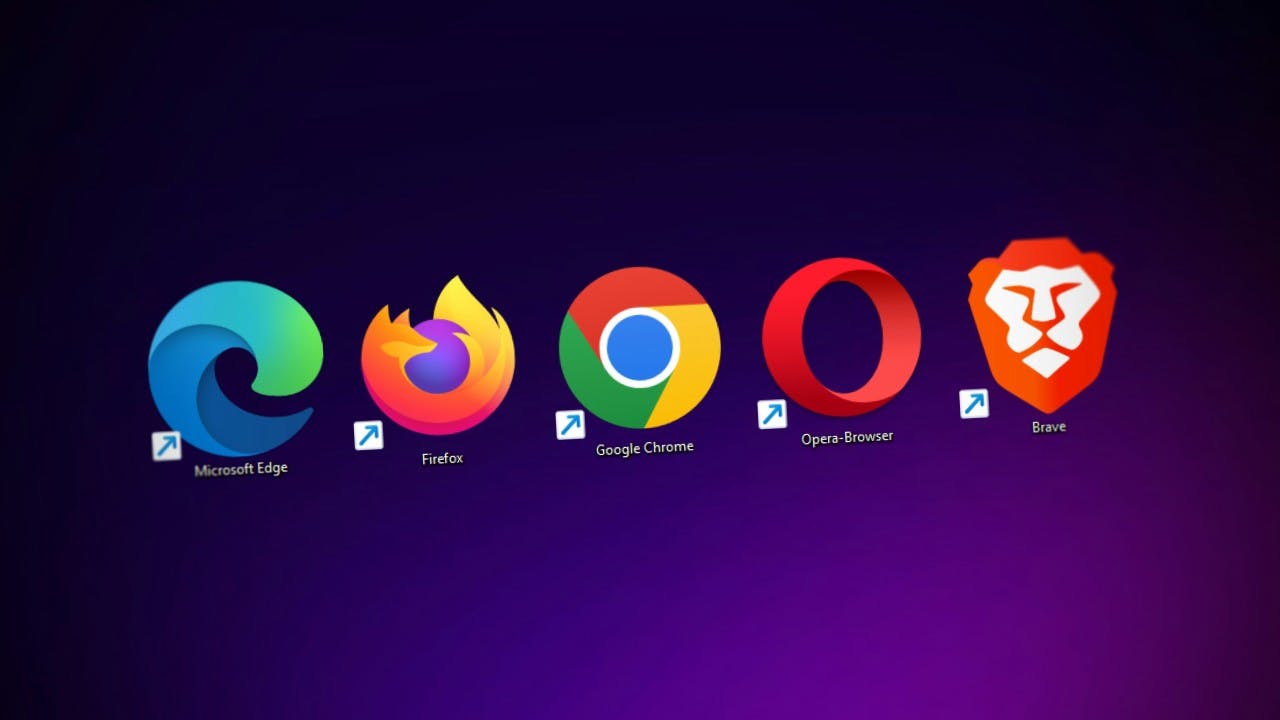The web is no longer just a place for browsing. It’s where modern business happens: sales, support, onboarding, research, and operations.
Yet most automation tools weren’t built for this environment. They are fragile, hard-coded, and break the moment a webpage changes.
Manual work still dominates. Research by Freshworks from 2024 shows 73% of B2B teams spend hours weekly on manual activities, such as transferring data between CRM systems or managing multi-platform client onboarding.
AI browser automation is now stepping in as a replacement. Instead of brittle scripts, AI agents interpret tasks the way a human would. They read pages, click buttons, collect insights, and adjust as layouts shift.
From Manual Work to Autonomous Agents
Agents can follow plain-English instructions like “check the top stories on Hacker News and post them to Slack.” No engineering required.
They use computer vision, language models, and contextual reasoning to move through workflows intelligently. A pricing analyst might track competitor sites every morning. A recruiter could automate sourcing, outreach, scheduling, and CRM updates in a single flow.
A Head of Product can point an agent at every pricing page in the category each night, diff the changes, and auto-create backlog tickets tagged ‘Price-Change’ for the growth squad.
These systems aren’t locked into rigid commands. They recognize when something changes, respond to ambiguity, and know when to ask for help. That flexibility makes them far more reliable than traditional automation.
Enter the Perplexity Comet Browser
In July 2025, Perplexity launched Comet, a groundbreaking AI-powered web browser designed from the ground up for this new era of intelligent automation. Unlike traditional browsers that bolt on AI as an afterthought, Comet integrates intelligence at its core, transforming entire browsing sessions into seamless, conversational workflows.
- Key features of Comet include: Research accelerator: highlight a paragraph, ask “counter-arguments,” get curated dissent.
- Checkout bot: move from review to purchase in a single chat thread—zero tab juggling.
- Privileged mode: run sensitive workflows (P&L models, HR data) fully local.
- Browser Context and Plugins Migrate: Built on Chromium, so extensions and bookmarks migrate in one click.
- Privacy first: native ad-blocking, multiple privacy modes, and local processing options.
(See Perplexity’s July 2025 launch post for full spec; The Verge coverage offers an early hands-on.)
Initially, Comet is available to Perplexity Max subscribers, with a gradual invite-only rollout planned throughout the summer.
The Max tier also offers unlimited access to advanced AI models and early features, positioning Comet as a premium tool for power users and businesses seeking an edge in productivity.
From Navigation to Cognition
Comet represents a shift from mere navigation to true cognition. Instead of just finding information, users can ask Comet to compare products, analyze content, or even challenge their assumptions.
The browsing experience feels like having a second brain: proactive, personalized, and deeply integrated into your daily workflows.
As AI-native browsers like Comet emerge, the future of web automation looks less like brittle scripts and more like intelligent agents, ready to handle the complexity and pace of modern business.
Infrastructure Will Shape the Winners
AI browser automation won’t succeed on intelligence alone. Agents need infrastructure that can scale across users, handle parallel workflows, maintain memory, and securely interact with APIs in real time. Most platforms weren’t built with these demands in mind.
Cloudflare is one of the few exceptions. Its upcoming Agents SDK shows how it plans to standardize agent governance at the edge.
It powers DNS resolution, filters bots, enforces captchas, and mitigates attacks for millions of sites. Any AI agent operating across the open web is likely interacting with Cloudflare, whether directly or indirectly.
This level of control creates a strategic advantage. Cloudflare can influence not just how agents are hosted, but how they access and navigate the web itself. It has the technical position to standardize how browser-based automation works at scale.
As automation shifts from scripts to autonomous agents, infrastructure that can govern access becomes more valuable than infrastructure that simply runs code. Cloudflare is quietly becoming the gatekeeper for the next generation of web automation.
Rethinking the Browser
Instead of scheduling static scripts or triggering brittle workflows, companies can now deploy agents that navigate the web, interpret context, and take action without supervision.
These agents aren’t limited to executing one task at a time. They can coordinate across tools, recover from unexpected changes, and update their behavior in response to new information.
Some teams are already using browser-based agents to monitor competitors, summarize research, run onboarding flows, or manage routine sales operations. Others are exploring persistent agents that serve individual users or departments, adjusting their behavior over time as goals evolve.
Intelligent agents are reshaping how businesses interact with the web. They complete tasks in the background, adapt to changing conditions, and keep work moving without interrupting teams or adding technical overhead.
The Shift Is Already Underway
We’ve seen this pattern before. Technologies move from niche experiments to standard practice once infrastructure catches up. Cloud platforms made SaaS possible. APIs turned static websites into programmable surfaces. AI browser agents are following a similar arc.
What was once a workaround is becoming a strategy. What looked like a developer toy is starting to reshape operations.
The organizations that move early will capture the compound benefits. The ones that wait may find themselves managing more systems than their competitors, with less insight and higher costs.
Perplexity has just announced an Agentic browser called Comet, which is very promising. It turns any webpage into a queryable input into free-form AI chat, with the browser able to string together tasks on that page.
Lead or Lag
With the right infrastructure in place, businesses can turn the browser into an intelligent agent, not just a window into the web. The real decision is whether to start learning now or wait until this becomes table stakes. Every day spent on repetitive tasks is a missed opportunity to build leverage.
Three Steps to Start Small and Scale Shrewdly:
- Map one 15-minute workflow you hate.
- Prototype it in Comet (or another agentic browser) and track cycle-time saved.
- If ROI is greater than 3x, graduate it to managed infra (Cloudflare Agents SDK, Vercel Cron, or AWS Step Functions).
Start with one process. Test what a browser-native agent can handle. Then scale from there.









